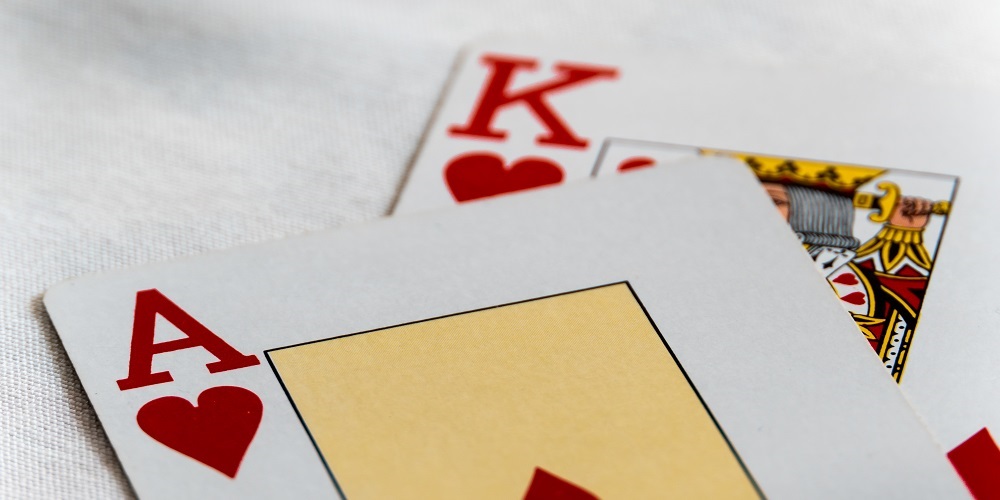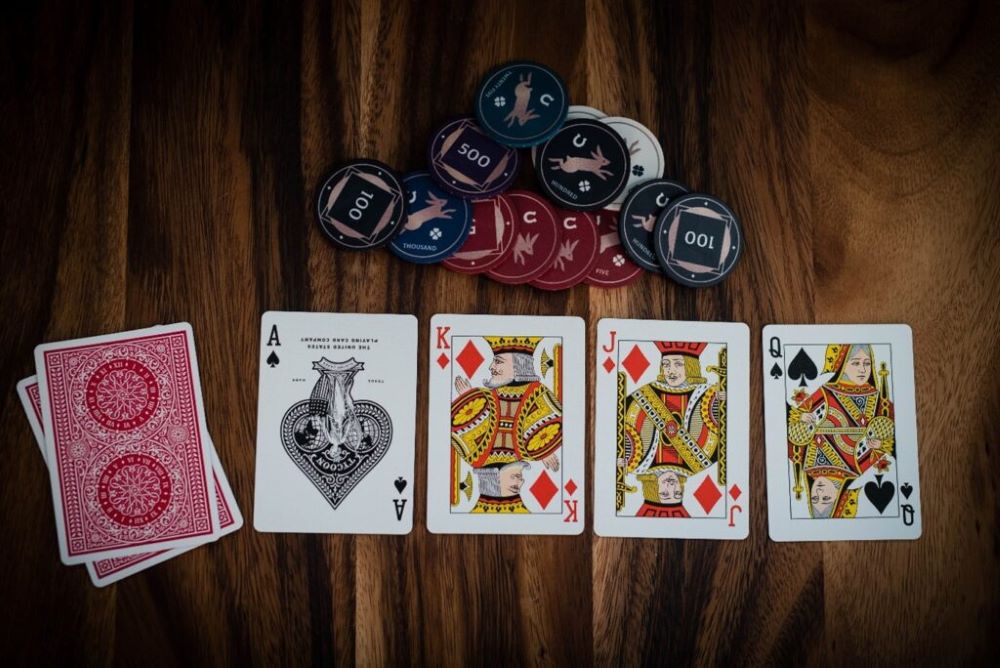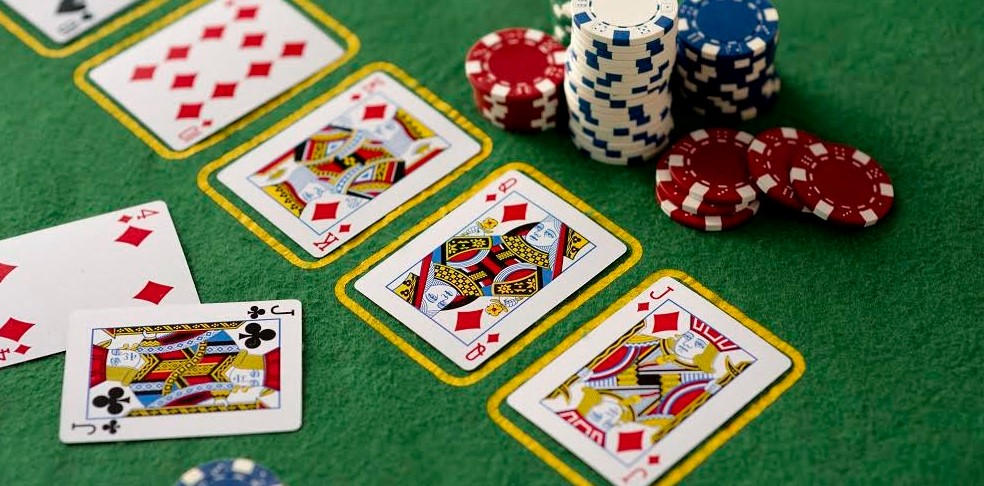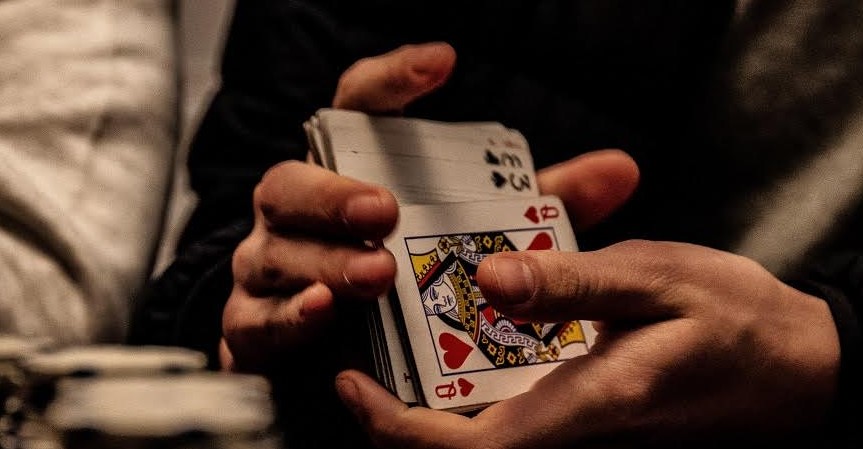Along with Texas Hold’em, Omaha poker is the most played variety of poker worldwide. It maintains the competitive nature of the game, while at the same time transforming its dynamics to offer a different experience, much loved by those who have already tried the Texas variant and are looking for new sensations playing poker. But, what is exactly Omaha poker?
Whether you have already had your first approach to Omaha poker or if it is going to be the first time you try it, so that you are well prepared we have reviewed some of the basic concepts that can help you to manage during the game.
What is Omaha Poker?
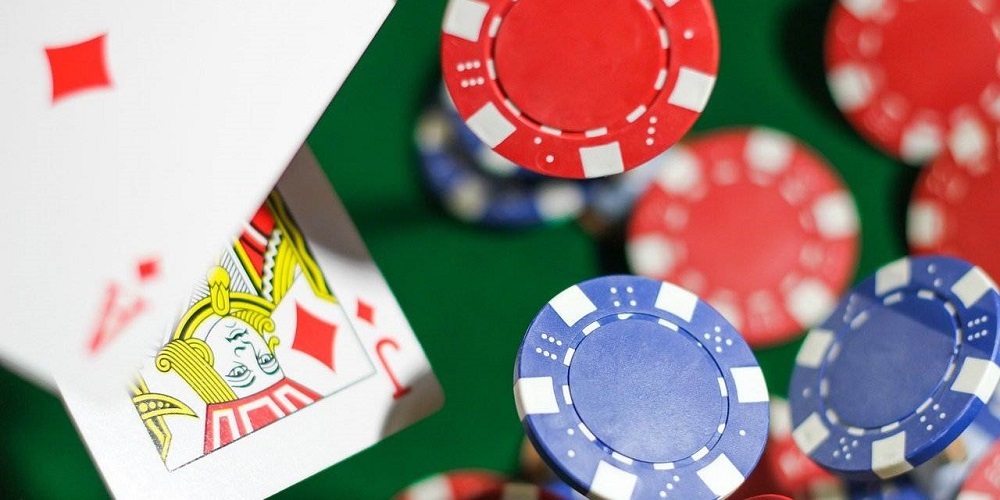
Let’s start with the basics: how to play Omaha poker? Omaha poker is an alternative variety of poker in which each player is dealt four cards at the beginning of the game. Cards that can only be seen by the player and will have to be used later to shape the hand. When all players have their cards, five community cards are laid out for everyone in the center of the table.
The objective is simple: to form the best hand. But, unlike in Texas Hold’em, in Omaha poker games it must be bound using three community cards and two-hole cards. Any hand created with other proportions will not be considered valid. An important point in the Omaha poker vs Texas Hold’em duel, if we compare these two varieties of poker.
Following this rule is what makes Omaha games so interesting. Seeing how you have a full house of aces and not being able to use it because it is not formed with three community cards and two of your own is a little twist that suits the game very well.
There are three predominant game modes within Omaha poker. Broadly speaking, you have Pot Limit Omaha (PLO), No Limit Omaha (NLO) and Fixed Limit Omaha. The first option allows betting the full amount of the pot, the second gives the player the freedom to bet the amount he wants, without limit (hence its name), and the third offers fixed limits in each round to bet, which must be respected and never exceeded.
Omaha Poker Rules
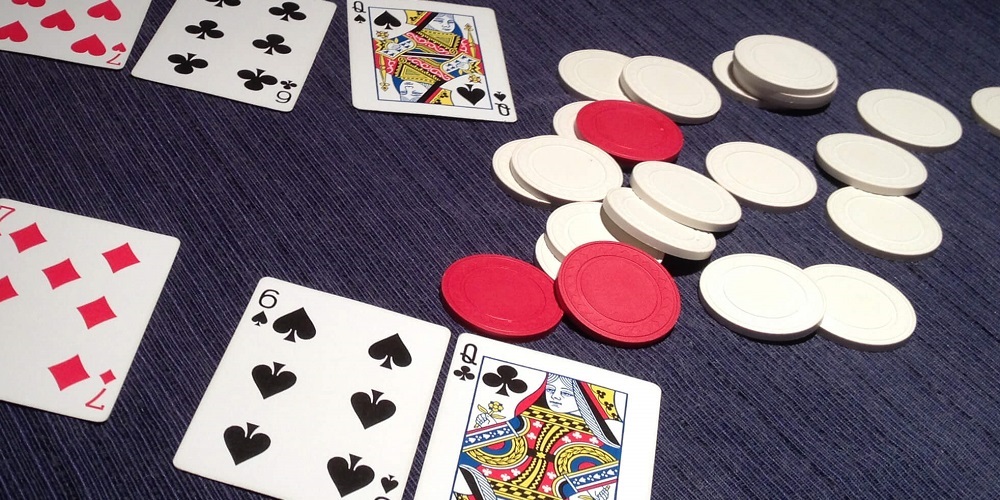
The Omaha poker rules are very simple and easy to assimilate:
- Blinds and first deal. First of all, the blinds are posted. Next, a first round of betting takes place.
- Flop. After the first round of betting, three community cards are dealt face up.
- Turn. After the postflop betting round, a fourth community card is dealt. This card is followed by another round of betting.
- River. With the fifth community card revealed, another round of betting takes place.
- Showdown. The final showdown, where the best hand must be dealt, respecting the Omaha poker ratio.
Omaha Poker Hands

A vital aspect of Omaha poker is the starting hands. The best starting hand in Omaha poker usually consists of A♣ A♥ K♣ K♥, the suits being interchangeable. A♥ A♦ J♦ 10♥ is also a good starting hand, as is A♣ A♦ J♥ J♦. Usually, double-suited hands with powerful cards and high pairs are the best in Omaha.
In Omaha, we can find terms like “madness” or “hanger” when talking about hands. A hanger, for example, is used to define a card that is not especially helpful in making the hand strong. It is sort of like a kicker, although it does not have the relevance of a kicker in the case of a draw.
Madness is the ability of the starting hand to make nuts postflop. Normally, high cards and hands of the same suit have a high nut.
3 Omaha Poker strategies
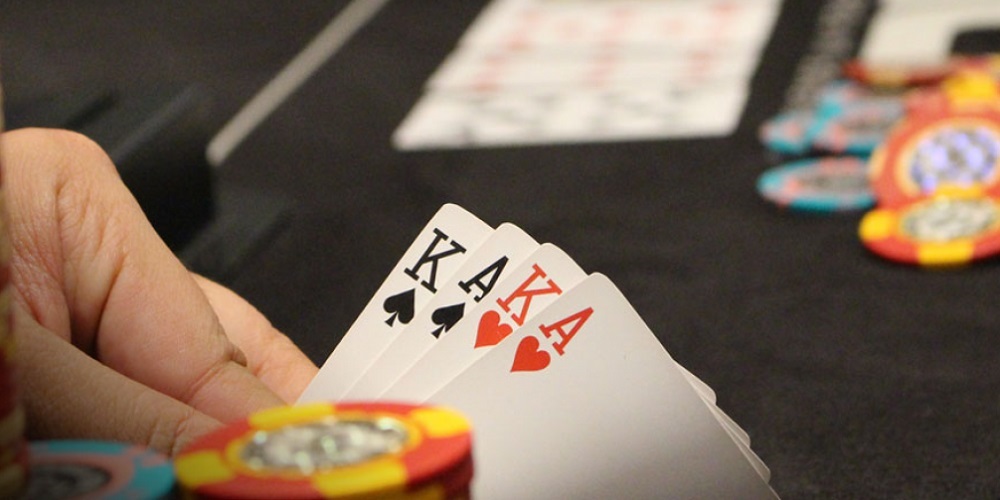
Broadly speaking, Omaha poker strategy is based on three assumptions:
- Made hand vs. made hand. In these matchups, it is usually the best hand on the flop that is most likely to win. Straight flushes are a top option when compared to three of a kind. The lower ladders are usually not given any option at all.
- Draft vs. draft. It is not uncommon to see in Omaha draws with outs of even 20. When these monstrous Omaha poker hands coincide and face each other, you have to be careful, because a dominated straight draw, for example, can be very attractive, but in showdown things change. Is the height of your cards higher than those of your opponent? Because, if not, you will lose. Flush draws usually diminish the strength of the opponent’s straight draw. Why? Because we will be stealing many outs. The height of the cards is essential. A mere pair can tip the balance to the other side if the projects finally come to nothing.
- Made hand vs. draw. This is perhaps the most commonly seen confrontation in Omaha poker. On the one hand, we have the strength of a tied hand. On the other hand, the possibilities of a project that can improve in certain cases. It is possible that the projects, if they do not have enough outs, are dominated by a tied hand, even by a pair. Since in Omaha poker there are a multitude of outs, multiple draws tend to win out over even the most complex completed hands.

